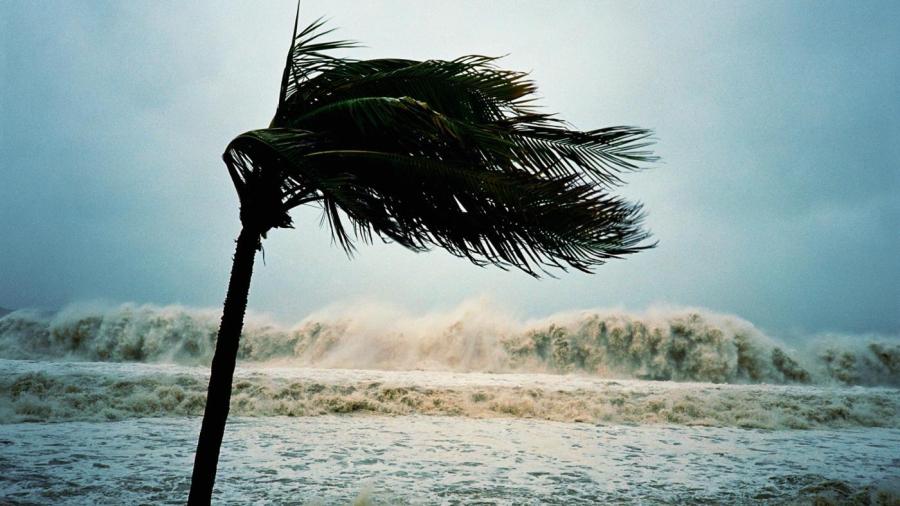How Long Does a Hurricane Last?

Once a tropical storm is classified as a hurricane, it can last for as little as a day or as long as a month before dissipating. Regardless of lifespan, all hurricanes undergo a development process called a life cycle. Several factors contribute to their longevity, including air and ocean temperatures, wind speed, and other atmospheric conditions.
Hurricanes begin as low pressure areas over bodies of water in the tropics. Warm, moisture-filled air rising from the water gathers in the low pressure area, creating thunderstorms. Masses of thunderstorms in tropical low pressure areas are called tropical disturbances. A tropical disturbance does not yet have the organized wind patterns of a tropical storm or hurricane.
If the winds in a tropical disturbance begin to organize and circulate around a central area, the system may become a tropical depression. Tropical depressions are named after the low pressure areas in which they form. If wind speeds within a tropical depression increase to 39 miles per hour, the system can be classified as a tropical storm. Tropical storms can morph into hurricanes if wind speeds increase further to 74 miles per hour.
Hurricanes can last anywhere between under a day and up to a month. Typhoon John, which formed in the Pacific Ocean in the 1994 season, lasted for a total of 31 days, making it one of the longest hurricanes recorded. Hurricane Ginger, an Atlantic hurricane, lasted for a total of 28 days in 1971, until it was downgraded to a tropical storm. Most hurricanes do not persist for anything near this duration, often petering out well before they make landfall, or shortly after they reach land.





